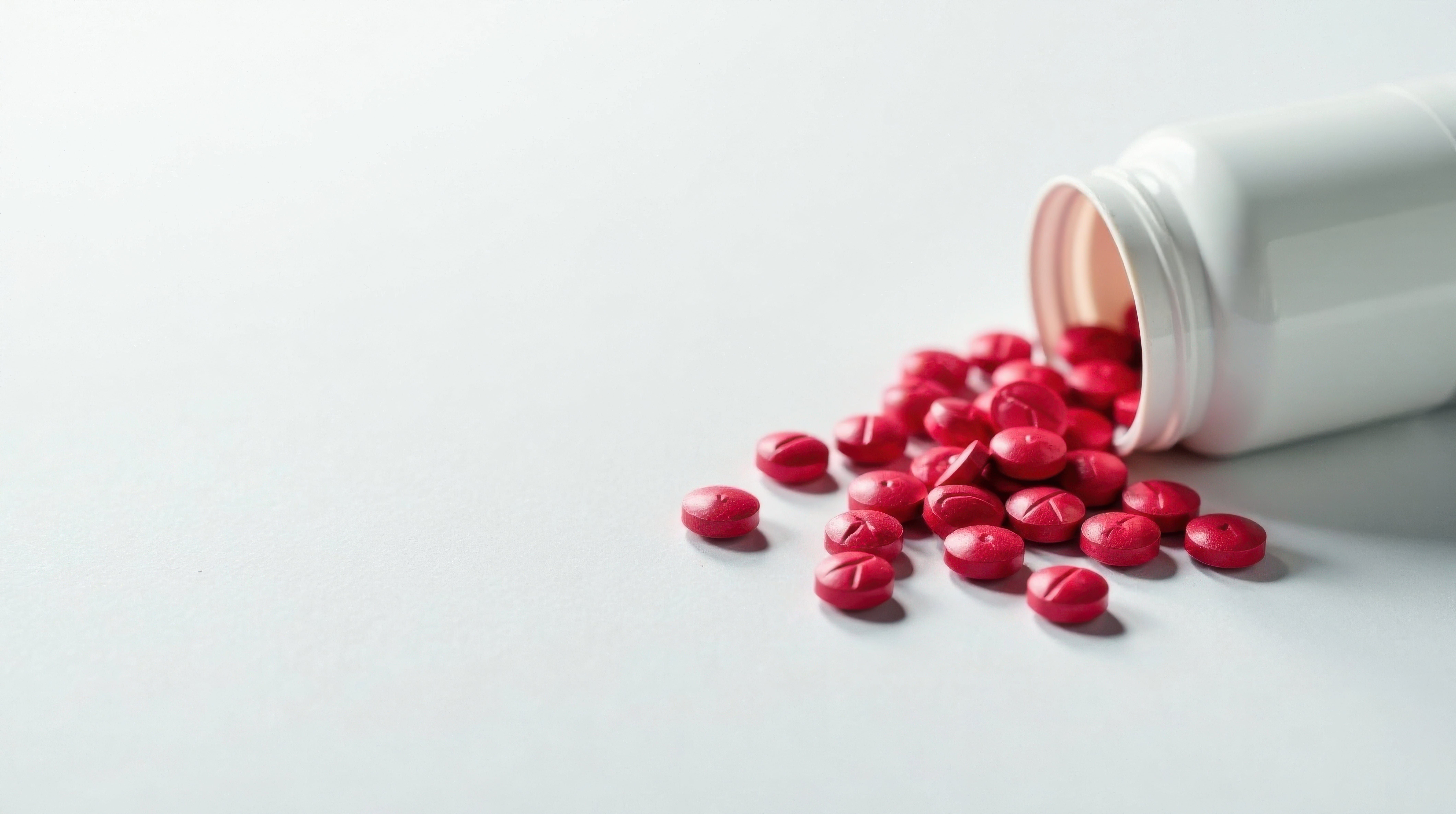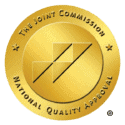What Is Yaba?
Yaba is a highly addictive stimulant drug that is growing in popularity with teens and young adults. Yaba originated in Southeastern Asia and is prevalent in Vietnam, Bangladesh, Cambodia, Myanmar, Laos, and Thailand. Its popularity spread to Asian communities in the United States. It has since spread across the country and is quickly becoming a preferred party drug in place of MDMA. Learn more about this powerful stimulant, and yaba addiction can help individuals make informed decisions when they need help.
What Is Yaba?
Yaba is a stimulant substance that combines caffeine and methamphetamine into brightly colored tablets. The tablets can be candy-flavored and come in various flavors, including orange, vanilla, and grape. Yaba also consists of other substances, some of which are not meant for human consumption, such as:
- Distilled cold medicine
- Salt
- Lithium from batteries
- Household cleaning products
The tablets are usually swallowed, but some people will crush and snort them to experience the euphoric effects of this drug faster. Others will put the powder on foil and heat it while inhaling the vapors. While less common, some individuals dissolve the powder in water or a saline solution and then inject it.
Other Names For Yaba
The Thai translation for yaba is “crazy medicine.” Other names this drug is called include:
- Nazi speed
- Kamikaze
- Biker’s coffee
- Madness drug
- Shabu
What Does Yaba Look Like?
Tablets are about the size of a pencil eraser and can be stamped with a logo, with “WY” and “R” being the most common. They come in brightly colored tablets in oranges, pinks, greens, and reddish-orange.
Is Yaba Dangerous?
Yaba is considered a potentially dangerous drug for several reasons:
| Risk Factors of Yaba | Description |
|---|
| Meth Content | The meth content per pill can vary based on manufacturing. Higher levels increase the risk of accidental overdose. |
| Addictive Potential | Meth is extremely addictive. It produces euphoria, increased energy, and heightened alertness, making users want to continue using it. |
| Heart Attack & Stroke Risk | Yaba significantly raises blood pressure and heart rate, increasing the likelihood of a heart attack or stroke. |
| Adverse Psychological Effects | Users may become violent or paranoid under the influence, which can lead to harming themselves or others. |
What Are The Side Effects of Yaba
The side effects of yaba will vary based on the quantity of meth, caffeine, and other ingredients in the tablets. The side effects will also vary based on dosage, frequency of use, and how long someone has been using Yaba. It is equally important to remember that some people may experience pleasurable effects while others can have a “bad trip” and experience adverse side effects.
- Paranoia
- Anxiety
- Confusion
- Hallucinations
- Psychosis
- Insomnia
- Elevated body temperature
- Excessive sweating
- Hot flashes
- Tremors
- Convulsions
- Euphoria
- Irritability
- Increased alertness
- Increased energy
- Confusion
- Memory loss
- Increased risk-taking behaviors
- Aggressiveness
- Violent behavior
- Uncharacteristic behaviors
Health Risks of Yaba Use
Prolonged use of yaba can lead to various health risks, such as:
- Dental problems (“Meth Mouth”)
- Weight loss
- Malnutrition
- Respiratory issues for those who snort yaba or inhale yaba fumes
- Inflammation of the heart lining
- Increased blood pressure and heart rate
- Damage to blood vessels in the brain
- Increased risk of STDs, HIV, and other illnesses from needle sharing for those that inject yaba
- Increased risk of infections and illnesses due to a weakened immune system
- Changes to the brain’s structure and reward systems
Yaba can also lead to mental health disorders like depression and anxiety. Some people also start to experience psychotic states where they can no longer distinguish between reality and hallucinations. Additionally, long-term cognitive issues can develop.
Yaba Withdrawal Symptoms
Withdrawal symptoms from yaba can occur even after using it just once. The intensity and severity of withdrawal symptoms increase the longer the drug is used. Most people will experience a “crash” after using yaba. This is where they can experience fatigue, tiredness, and an increase in appetite. They can also sleep for longer periods until the body recovers.
Long-term use of yaba can cause withdrawal symptoms such as:
- Sleep disturbances
- Intense carvings for yaba
- Depression
- Anxiety
- Irritability
- Agitation
- Difficulties concentrating, focusing, and making decisions
- Headaches
- Body aches
- Muscle pain
- Tremors
- Mood swings
- Panic attacks
- Thoughts of self-harm or suicide
- Increased appetite
- Weight gain
Medically supervised detox can help manage yaba withdrawal symptoms, which usually begin within 24 hours of the last dosage. The symptoms increase in intensity over the next several days, up to a week, until they peak. Once they peak, they will decline in severity and intensity until fully subsided within a few weeks.
Some people can experience PAWS (post-acute withdrawal syndrome), where psychological withdrawal symptoms can linger for several more weeks, months, or sometimes longer. PAWS symptoms include:
- Cravings for yaba
- Anxiety
- Depression
- Lethargy
- Sleep disturbances
- Prolonged cognitive problems
- Mood swings
- Memory problems
These symptoms will eventually subside with continued support and the appropriate addiction treatment plan.
Find Methamphetamine and Yaba Addiction Treatment
At Sanctuary Treatment Center in Los Angeles, we are recognized leaders in the treatment of methamphetamine and Yaba addiction. Our experienced clinical team understands the complex psychological and physical challenges that come with stimulant abuse—and we know how to treat them effectively.
Through evidence-based care, trauma-informed therapy, and an intimate, supportive environment, we help individuals break free from the cycle of addiction and reclaim their lives. Whether you’re in crisis or seeking long-term recovery support, our personalized treatment plans are designed to meet you exactly where you are.
You don’t have to face Yaba addiction alone. Contact Sanctuary Treatment Center today to begin the admissions process and take your first step toward lasting recovery.
Sources
- Yaba drug overview and spread – Wikipedia: Ya ba is a drug containing a mixture of methamphetamine and caffeine… bright tablets stamped “R” or “WY.”
https://en.wikipedia.org/wiki/Ya_ba Coastal Detox+1Wikipedia+15Wikipedia+15White Sands Treatment+15 - Recent medical case study – Open-access article: YABA also known as “Nazi speed”… caffeine and methamphetamine, often adulterated, 8–12 hour effects.
https://journals.lww.com/aips/fulltext/2023/07040/methamphetamine_abuse_in_the_form_of_yaba_pills.18.aspx - UNODC: “crazy medicine” – United Nations Office on Drugs and Crime: Introduced in East Asia… now common among youth… inexpensive and highly addictive.
https://www.unodc.org/unodc/en/frontpage/yaba-the-crazy-medicine-of-east-asia.html







